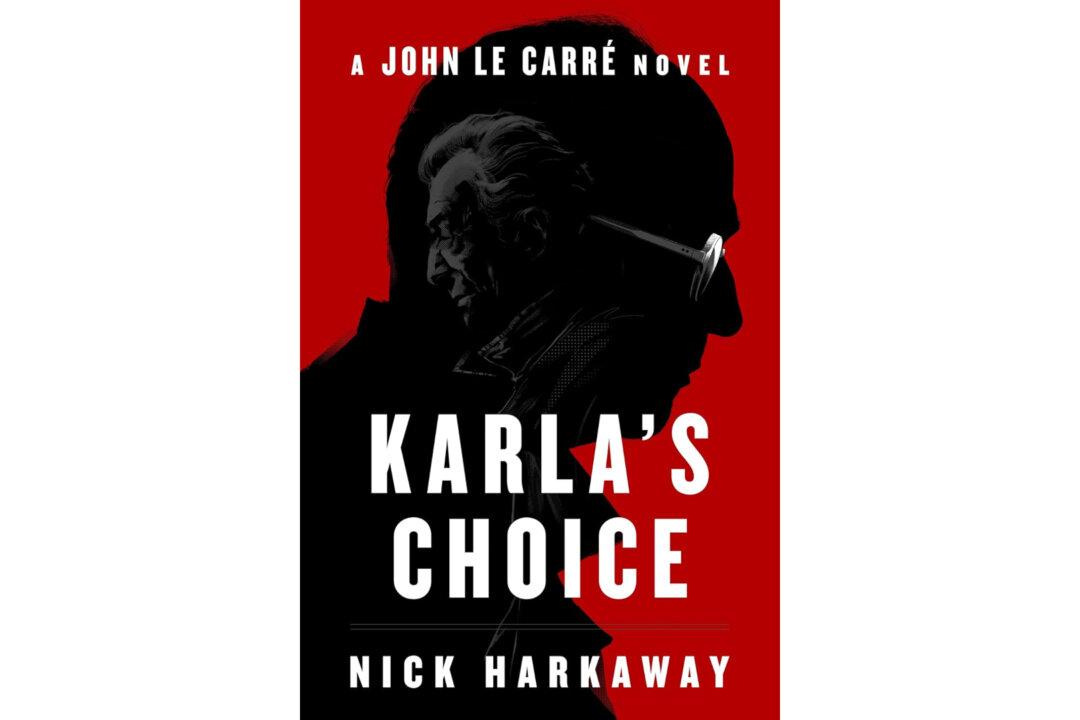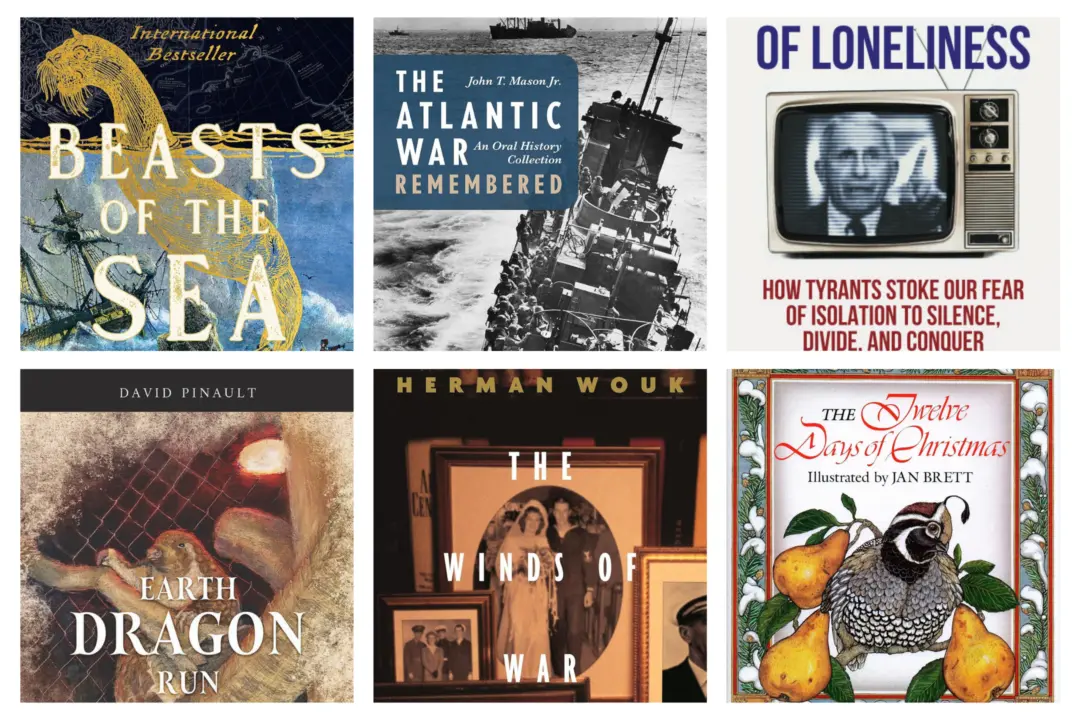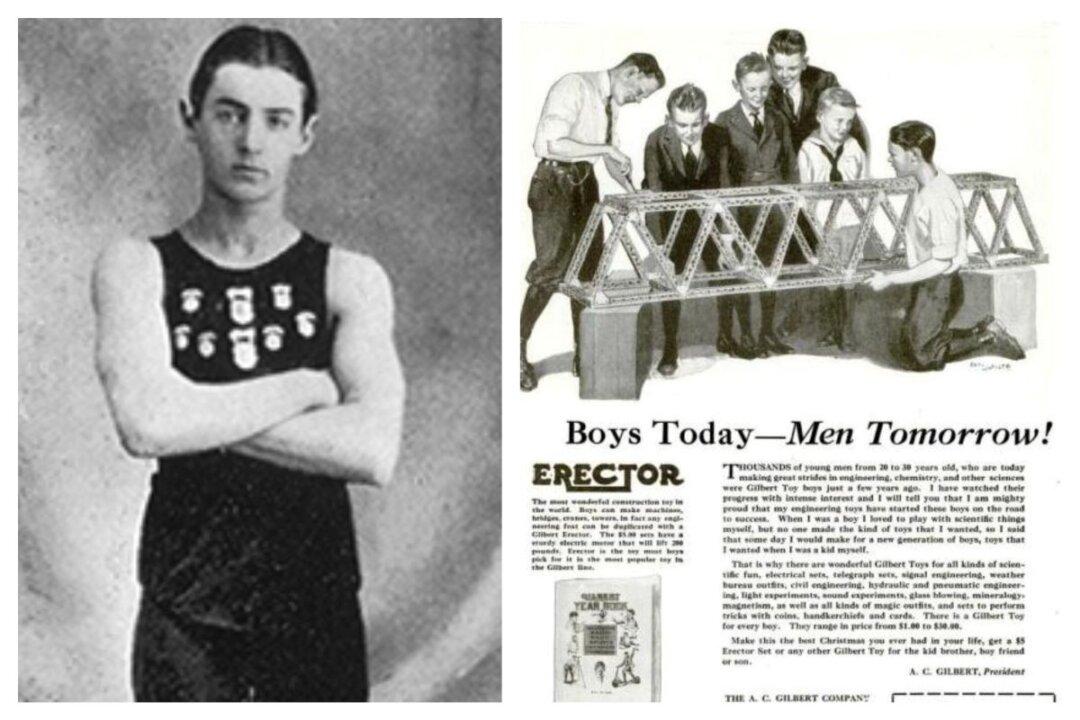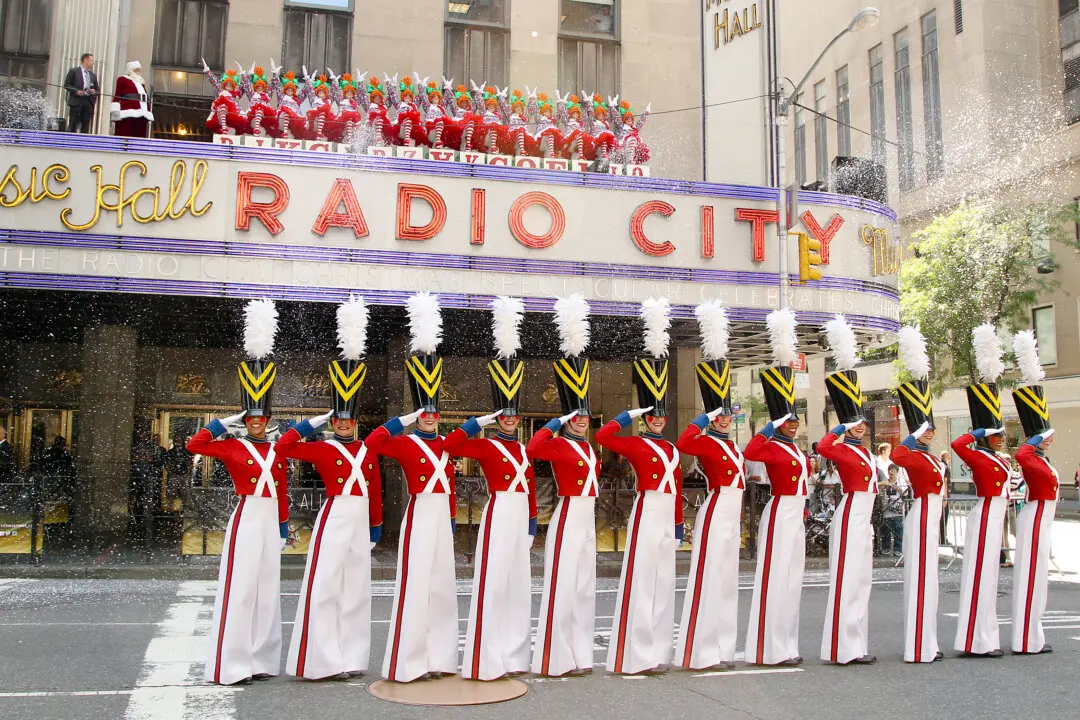About a dozen years ago, during winter, I read my first spy novel. I was at an antique store with a friend, and as I was preparing to check out, I spotted an old but finely preserved hardback copy of “The Spy Who Came in From the Cold” by John le Carré resting near the counter. I thought I'd heard the book’s name before but could not honestly place it. Nonetheless, I picked it up, paid my $7, and hoped for a good read. It was the beginning of my love affair with espionage fiction, and the works of le Carré remain mon grand amour.
Le Carré died in December 2020, less than a year before his 90th birthday. There are many fine living spy novelists, but there was something different about the work of le Carré. His stories, perhaps not always short and concise, possessed rough but direct prose. He had a gift for satisfactory endings, not because they were storybook but because they were brutally realistic.






